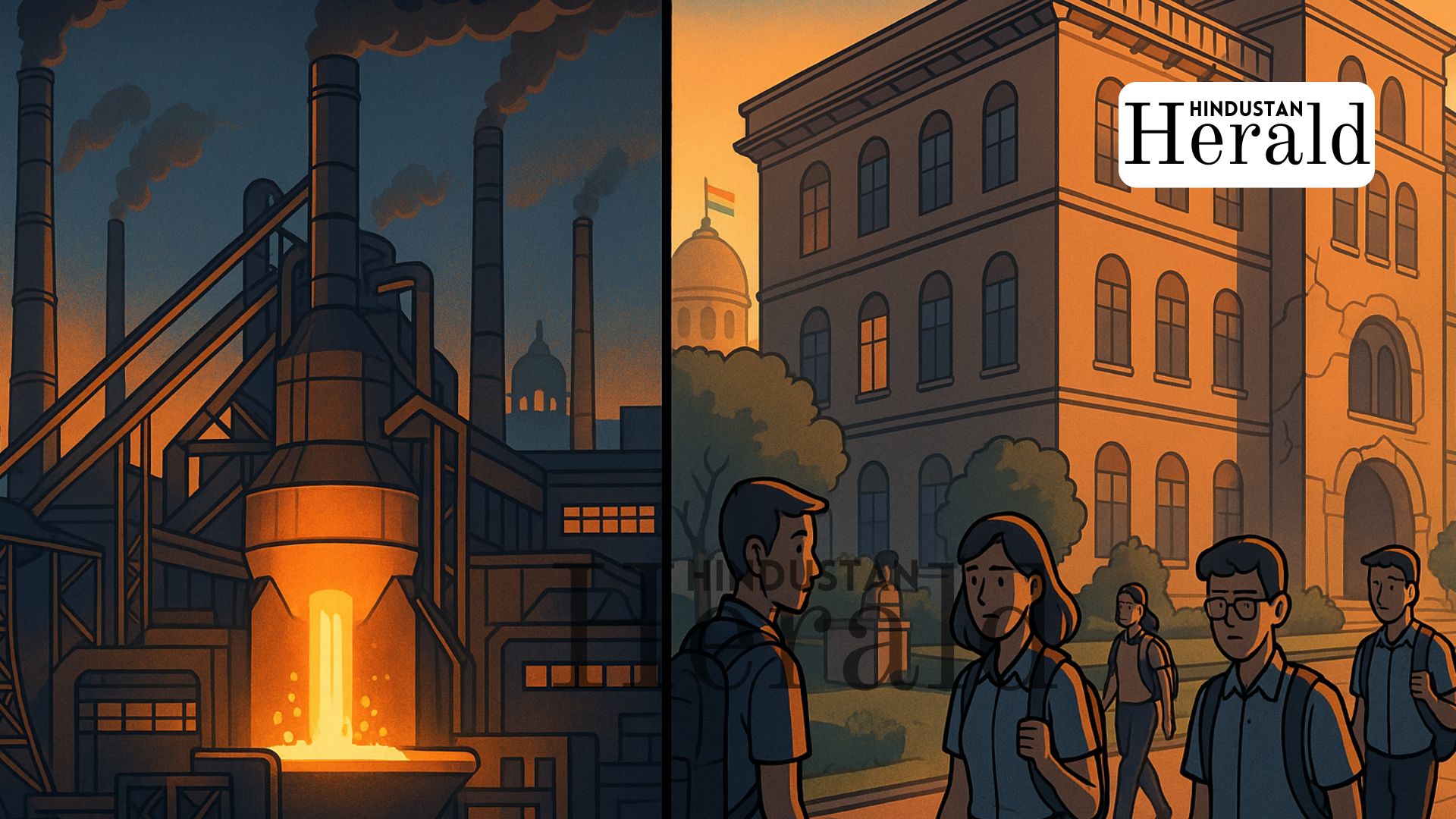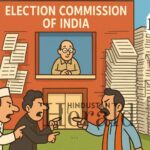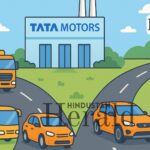Sonipat, October 9: The Jindal name has always carried weight in India, the clang of its steel mills, the classrooms of its university, the wealth of its family, the politics wrapped around it all. In 2025, that empire feels restless. The money’s still there, the ambition still sharp, but cracks have started to show through the shine.
The University Dream That Hit Real Life
It started, as many Indian success stories do, with a tribute. Naveen Jindal built O.P. Jindal Global University back in 2009 to honour his father, an industrialist who made his name out of iron and electricity. The dream was simple: build a private university that could look Cambridge or Harvard in the eye.
For a while, that dream felt real. Students from across India arrived in Sonipat to study in manicured lawns and glass buildings. JGU climbed global rankings, and this year it even got a five-star QS rating announced in London’s House of Lords. The university went on to ink partnerships with fifteen global institutions Cambridge colleges, Seton Hall, universities in Japan, and the US. There was talk of “global leadership” and “sustainable development.”
But the applause didn’t drown out the noise back home.
This August, things literally burst open-air conditioners in the hostels exploded, ceilings gave way, and students filmed flooded rooms for social media. The administration had to shut the campus for a week. It wasn’t the first time students had complained about infrastructure, but this time the contrast stung: an institution that talks like an Ivy League, yet struggles with basic plumbing.
Then came a blow from the courts. A former student filed a petition claiming the university sold him an “LLB (Hons.)” programme, printed that on his ID card, but gave him a plain LLB degree. The Punjab and Haryana High Court took note and asked for explanations from JGU, the UGC, and the Bar Council of India. The case is due for a hearing in December.
It’s not the kind of story any university wants, least of all one built by a family that prides itself on integrity and prestige. Inside JGU, faculty whisper about “brand fatigue.” Outside, parents have started asking harder questions before paying the fees.
Steel, Sweat, And The Scrutiny
While the university wrestles with reputation, the family’s steel arm keeps rolling. Jindal Stainless has just opened its first fabrication plant at Patalganga, near Mumbai, spending around ₹125 crore on it. The project was led by Abhyuday Jindal, the grandson of O.P. Jindal, and is supposed to push the company higher up the value chain, not just making raw steel, but finished products.
It’s the kind of expansion that suits India’s infrastructure moment. Demand is picking up again, and Naveen Jindal told reporters recently that steel orders should “normalise” this October.
But not everything in the Jindal industrial world is running smoothly. Last month, the Competition Commission of India raided the offices of Jindal SAW and Maharashtra Seamless, investigating allegations that the two firms might have colluded on ONGC pipeline tenders. The raids came after a formal complaint. Jindal SAW said it’s cooperating fully, but the headlines hurt anyway. In this business, even an investigation can rattle investors and make government clients cautious.
For a group that often competes for large infrastructure contracts, that kind of scrutiny lingers. It’s not about the two percent stock dip. It’s about perception, and perception, in India’s corporate world, can move mountains or bury them.
The Matriarch And The Money
At the centre of all this sits Savitri Jindal, now in her seventies, still the spiritual head of the family. Her wealth, Forbes says, has slipped by around $3.5 billion, landing at $40.2 billion this year. She’s still among India’s richest, but the fall stands out in a year when commodity markets have softened and global investors are watching Indian steel margins closely.
Her four sons Naveen, Sajjan, Ratan, and Prithviraj each run their slice of the empire. They’re all billionaires in their own right, all powerful in separate ways, but rarely on the same page. Family meetings, according to people who’ve worked with the group, can feel like a corporate boardroom crossed with a cabinet meeting.
That’s the other tension quietly building inside the Jindal world: how to keep a shared name from becoming a liability. When a legal notice lands at the university or a regulator shows up at a factory, it hits everyone. The Jindal brand is unified in fame and in fallout.
A Mirror Of Modern India
What’s happening with the Jindals says a lot about where India’s big families are right now. They’ve built global-scale companies, poured money into education and philanthropy, and wrapped it all in a story about nation-building. But they’re also bumping up against the same demands that new India puts on everyone else transparency, accountability, and real results.
JGU’s troubles don’t erase its achievements, and a CCI raid doesn’t define Jindal SAW. But both reveal something deeper: the struggle to hold together an empire stretched across industry, education, and public life.
Still, to write them off would be foolish. The Jindals have weathered far worse. Their companies remain pillars of Indian steel; their university still draws students who want an international degree without leaving the country. And with India’s infrastructure and manufacturing push gathering speed, the family’s businesses are positioned to benefit again.
The Road Ahead
Whether the Jindal name shines or fades will depend on how they handle the next few months. If the High Court finds misrepresentation at JGU, the fallout could be serious. If the CCI investigation deepens, government contracts could dry up. And if internal divisions grow, it could blur the vision that once bound the family together.
But if they confront these issues head-on, rebuild the university’s trust, clean up procurement, and show they’ve learned from mistakes the story could still turn.
Because at its best, the Jindal story has always been about building. Steel plants, universities, and reputations forged in the same fire.
For now, the empire holds. Bruised, maybe. But not broken.
Stay ahead with Hindustan Herald — bringing you trusted news, sharp analysis, and stories that matter across Politics, Business, Technology, Sports, Entertainment, Lifestyle, and more.
Connect with us on Facebook, Instagram, X (Twitter), LinkedIn, YouTube, and join our Telegram community @hindustanherald for real-time updates.
Covers Indian politics, governance, and policy developments with over a decade of experience in political reporting.
Former financial consultant turned journalist, reporting on markets, industry trends, and economic policy.











